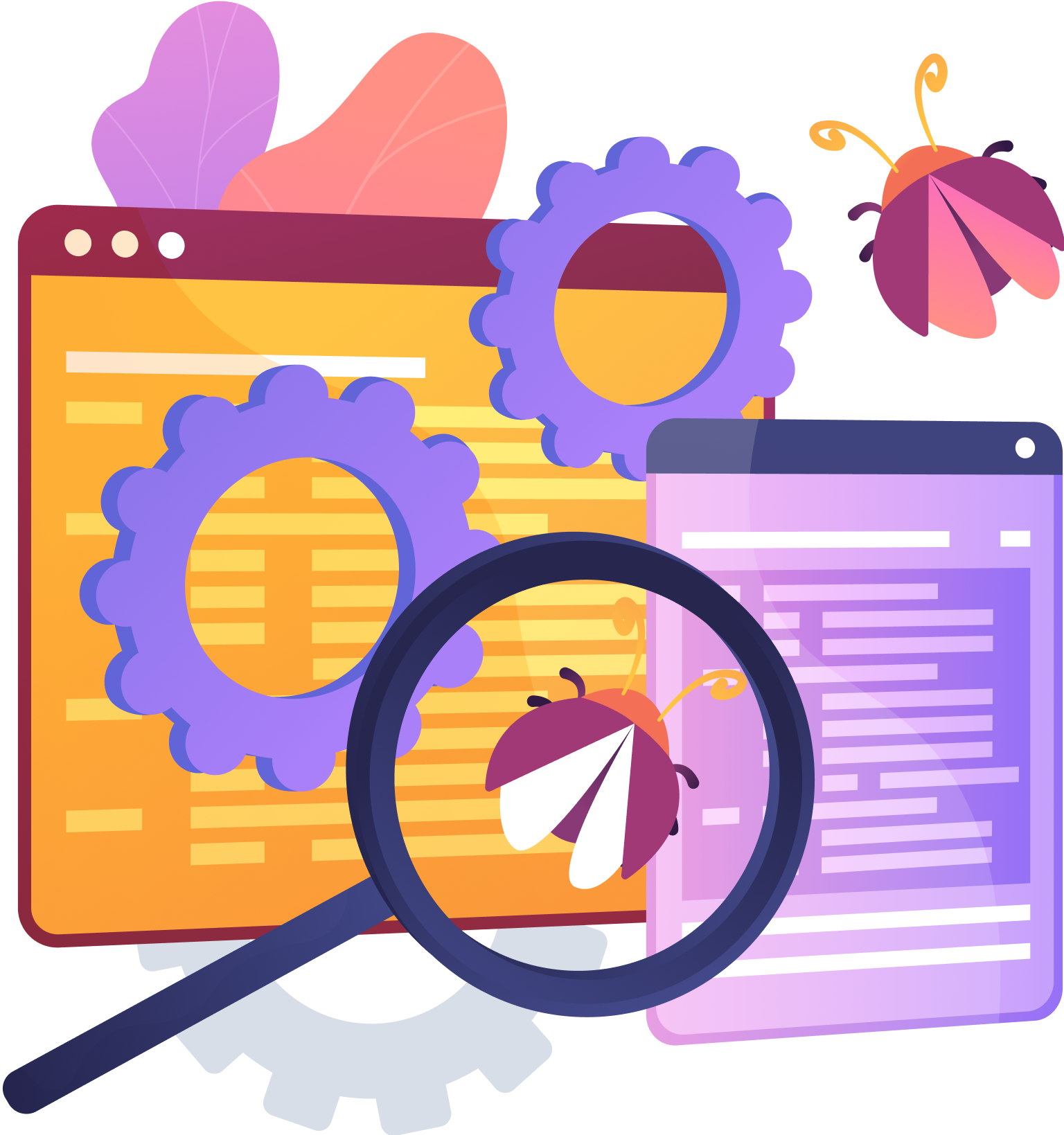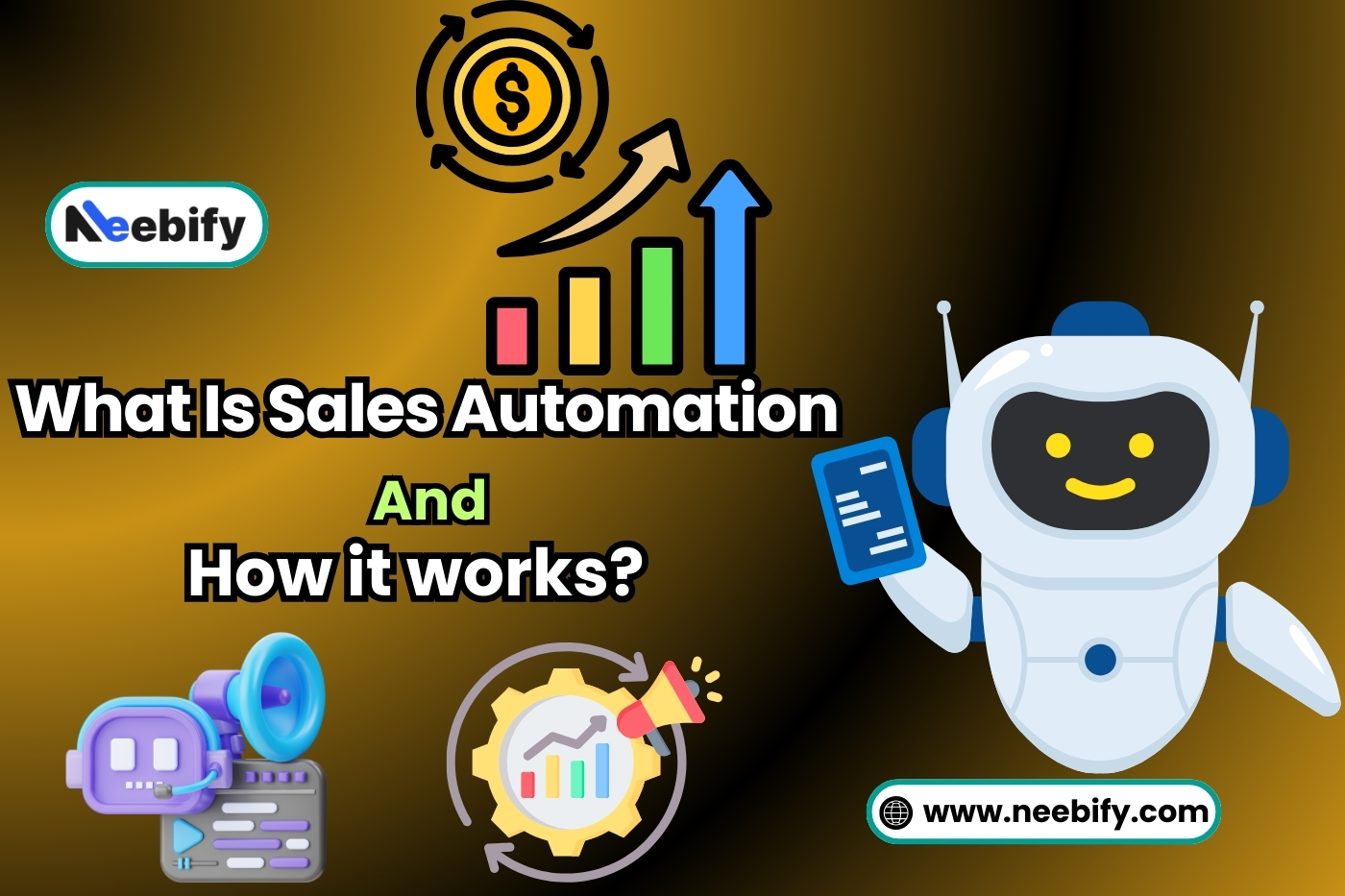How To Build and Train AI Model? And How Does it Work?

This guide covers many important things about AI models, such as what they are, how they work, how to create an ai model, and how to use them. We also examine how statistical AI and symbolic AI differ and are the same.
There are also real-life cases where machine learning (ML) model techniques shine, which shows how strong AI can be. Join us as we explore the world of AI models and their potential applications. It's complicated but exciting.
What is AI model?
Many complicated algorithms work together to make AI models. These models aim to learn from data and achieve human-like intelligence. Machine learning create ai model. Based on the data fed to them, they identify trends and make predictions based on the data they receive.
AI models frequently automate tasks such as speech and image understanding, idea generation, and task execution. As you train them, you change their settings to make them more reliable and valuable. This is how AI models can do complex jobs and give us answers and ideas that improve technology and everyday life.
How Do AI Models Work?
To work, Ai modle must be able to deal with data and use algorithms to find trends and links in that data. In the beginning, they learn from labeled data and change their internal settings to make it less likely that they will make mistakes. Because it undergoes this training multiple times, the model continuously improves.
Once trained, the AI model can utilize fresh data to predict or make decisions. Various methods enable this process, such as supervised learning, unsupervised learning, and reinforcement learning. These methods help AI models do things like classification, regression, and decision-making quickly and correctly.
READ ALSO- What is Firestore and Firebase? How Does It Work?
Full Process- How To Build an AI Model and Train AI Model
Define Model Objective
The first step in creating an AI is to set a model's goal. This entails clearly defining the model's intended function. It doesn't matter if you're trying to determine why people are leaving, recognize speech, or what's wrong with a patient. The goal must be clear.
Knowing the end goal is essential when planning the project's scope and direction. It also helps you find the necessary information and choose the best method. Once things are clear, all subsequent steps will aim towards a clear, measurable goal. In general, this makes the model more useful.
Assess Data's Quality
A vital step influencing how well the AI model works is determining how good the data is. We check the data in this step to ensure its completeness, accuracy, and consistency. You remove duplicates, fill in missing numbers, and correct mistakes during data cleaning.
Also, make sure the information is a good reflection of what will happen. When there is good data, bias is less likely, which makes the model more accurate and suitable for what it does. In the end, good data makes an AI model solid and valuable.
Select AI Algorithm or Model Design
Choosing the correct AI code or model design is extremely important when making an AI model. The type of problem, as well as the data, will determine which one to use. Decision trees make simple guesses based on rules, while neural networks find complex patterns.
We rate different algorithms based on their effectiveness and computational speed during decision-making. A good algorithm ensures that the model in ai can learn from the data and make intelligent decisions and guesses. It also ensures that the model is neither complex nor easy to understand.
Train The Model
In AI, training means giving it material to use as training and letting it learn from it. This process changes the model's settings using backpropagation in neural networks and other techniques to reduce wrong predictions. You may need data to train a model, and the model may go through several rounds, or "epochs," to get it right.
During this time, the model learns to look for trends and guess what will happen. You may need specific tools like GPUs and a lot of computing power for this step. When the training process is successful, the model comprehends the provided data and reacts accordingly.
AI Model Testing
We need to test the artificial intelligence models to ensure its effectiveness and practicality. It would help to use a new dataset for tests the model has never seen before. Putting the model to the test helps determine how well it can adapt and make predictions based on new information.
We look at things like the F1 score, accuracy, precision, and memory to judge how well the model works. Testing the model reveals no bugs or flaws. This illustrates the necessary fixes for the model's usability.
Repeat Training Procedure
Expect to iterate through the training process multiple times to enhance the performance of your model in ai. Testing may reveal the need to modify the model's choices, the data quality, or even the algorithm itself. Each iteration provides the model with new opportunities and more or better data to learn from. Our aim with each version is to improve and make fewer mistakes.
We make incremental changes to the model over time to enhance its reliability and usefulness. This iterative process ensures that the model meets the established performance standards, making it ready for practical use.
Deployment of an AI Model
Hosting
Host means to put an AI model on a computer or cloud platform so that users or apps can use it. This process, known as 'hosting, 'involves selecting a robust system, like AWS, Google Cloud, or Azure, for this step to ensure it can grow and work well. You can use APIs or web services to get to the model so it can quickly handle requests and make predictions.
Aside from security measures, load balance is another important part of hosting that everyone should know about. If hosted properly, the AI model will work well and meet the needs of many users or apps.
Embedding
It is possible to put an AI model in software, apps , or systems already in use. This makes them work better. This step includes adding APIs, SDKs, or tools to interact with the model in user interfaces or background processes. We want the model's predictions and insights to be easy for people or machines to obtain from any device.
When adequately embedded, the model on artificial intelligence functions seamlessly with other components. It adds intelligent features that make the app faster and better for users without stopping what's already going on.
Packaging
This process involves assembling an AI model to adapt to various scenarios. We accomplish this by placing the model and its tools in a container. Docker is often used for this. This ensures that the model works the same way everywhere.
The package clearly explains the model's needs, setup, and usage. If you package the model adequately, it's easy to use, add to, and keep up-to-date over time. This step is crucial to ensure the AI model can easily fit into different situations and work well in them. This way, it will become more well-known and easy to use.
Statistical AI vs. Symbolic AI
Statistical AI
When you use data to find trends and make predictions, statistical AI, also known as machine learning, does its job. With this method, programs that learn from their mistakes and improve over time can look at large amounts of data. This group has tools like support vector machines, neural networks, and decision trees.
Finding patterns and links in data is what statistical AI does best, which is why it is so good at jobs like clustering, regression, and classification. It requires vast data for training, and probabilistic models frequently address uncertainty. This makes it great for speech recognition, picture recognition, and systems that make suggestions.
Symbolic AI
Symbolic AI, or rule-based AI, uses rules and logic to try to be smart like people. Things are saved as symbols in this method, and then rules for thinking are used to change these symbols. Two kinds of symbolic AI exist: knowledge-based systems and expert systems. It's great for tasks that need clear thinking and information, such as proving theorems, understanding language, and solving problems.
It’s works best when decisions need to be easy to see and understand. On the other hand, it struggles with uncertainty and learning from raw data. This makes it less useful for jobs that require adaptability and pattern recognition.
How ML Model Technique Use Statistical AI
Supervised Learning
Supervised learning, a type of machine learning, uses pre-trained examples to teach models what to do. These datasets each have two inputs and outputs for each point. These aid the model in determining the connections between the points. We change the model's settings during training to enhance the accuracy of its guesses.
Supervised learning frequently employs decision trees, support vector machines, and linear regression. Many people use this method for regression (like guessing house prices) and classification (like finding spam). The goal is to guess what will happen with the new data based on what they already know about trends.
Unsupervised Learning
Unsupervised learning allows computers to learn from unnamed data. The objective is identifying hidden patterns or structures within the previously provided data. Unsupervised learning results in a lack of clear markers that direct the model's actions. Many people use algorithms to divide data into groups (like k-means) and simplify it (like PCA).
This method can sort data into groups, look for strange trends, and look through many data. It helps find hidden trends, group data points that are similar and cut down on the number of dimensions in datasets. All these are important for getting ready to work with challenging data.
Reinforcement Learning
The things that happen to an agent teach them how to make decisions. It's known as reinforcement learning in machine learning. Based on what it does, the agent gets rewards or fines. It can try different things and see what works best, which helps it figure out how to act best.
Some of the most important ideas are states, actions, and rewards. Deep reinforcement learning and Q-learning are two well-known methods. This method is effective when making decisions in a specific order, such as in robots, games, and self-driving cars.
The goal is to develop tactics to give the agent the most rewards over time. In this way, the person can finish jobs quickly and satisfactorily.
Deep Learning
Deep learning AI models are highly sophisticated and modeled after the neural networks found in the human brain. It's easy for them to deal with data, find complicated trends, and make tough decisions. Standard machine learning methods don't learn hierarchical representations from raw data; deep learning models do.
This means you don't have to extract features directly. This technology can improve many things, like speech recognition, picture recognition, and natural language processing. It would help if you had much time and space to store data to make deep learning work. However, AI apps currently require it due to its high accuracy and ability to handle unstructured data.
Build a Secure and Top-tier AI Model - Technanosoft
Technanosoft supports the safe creation of AI models, which is very important in today's data-driven world. In everything we do, we prioritize cutting-edge security measures over great work and fresh ideas. We use strong methods to protect AI models from risks and data breaches.
We ensure that data is secure and privacy is protected. We also make sure to follow all laws.Cryptography, strict access controls, and close tracking are what Technanosoft says will make AI models work well. If you work with us, you can safely use AI to its fullest.
We will always do the right thing and keep your information safe. Technanosoft is a company you can trust for robust AI solutions. They will help you protect your AI future.
FAQs About AI Model
Q.1- What is an AI model, and how does it work?
A- An AI model is a computer program that learns from data to determine what to do or what will happen next. The system uses the data you give it to adjust settings and improve accuracy.
Q.2- What are the different types of AI models?
A- There are four main types of AI: deep learning, supervised learning, unsupervised learning, and reinforcement learning. Each type undergoes different processes and receives instruction in different ways.
Q.3- How are AI models trained?
A- In supervised learning, you use labeled data. In unsupervised learning, you use unlabeled data. To train AI models, you use a reward-based method in reinforcement learning. We change the model's settings during training to achieve the desired result.
Q.4- how to make an ai model?
A- Deployment involves:
1. Placing the trained model on computers or cloud platforms.
2. Integrating it with other systems.
3. Preparing it for release.
It looks at how safe it is, how much space it can hold, and how well it connects to other systems.
Q.5- What are some popular AI model techniques and their use cases?
A- AI models can be decision trees, neural networks, support vector machines, and deep learning designs like CNNs and RNNs. Many fields use these methods, such as natural language processing, picture recognition, and prediction analytics.









